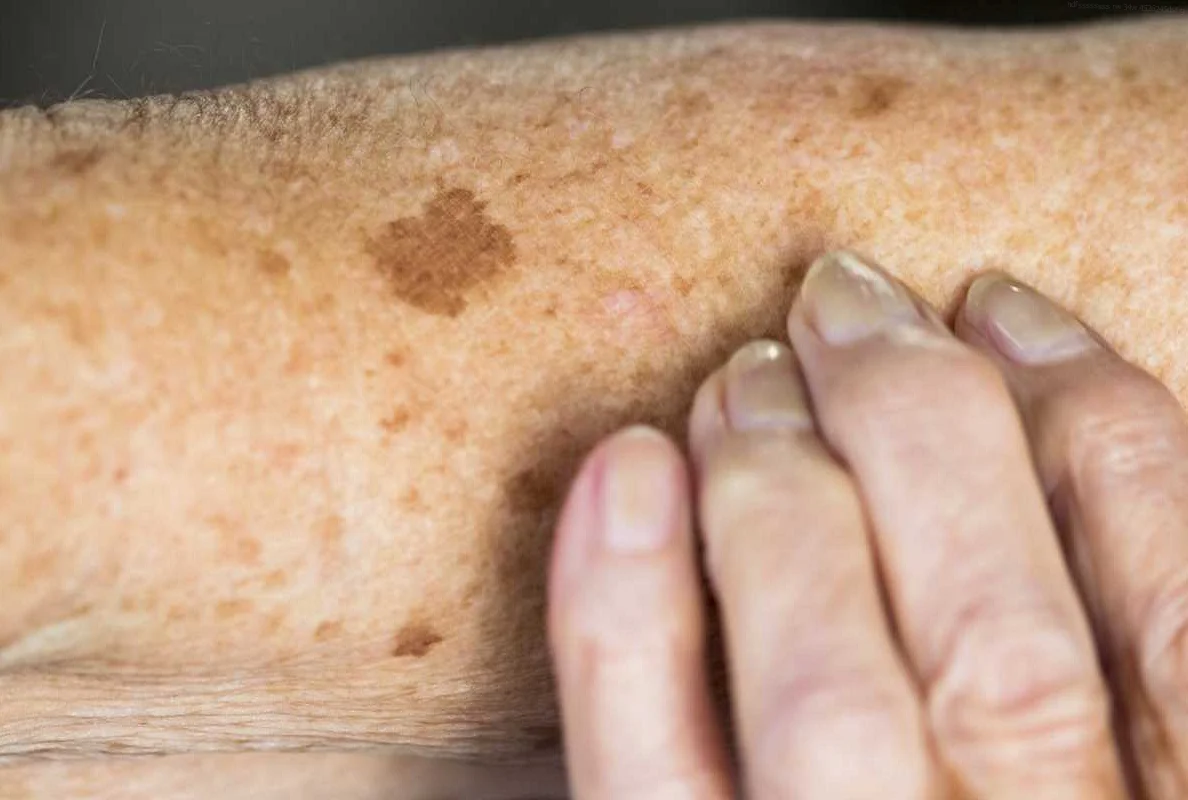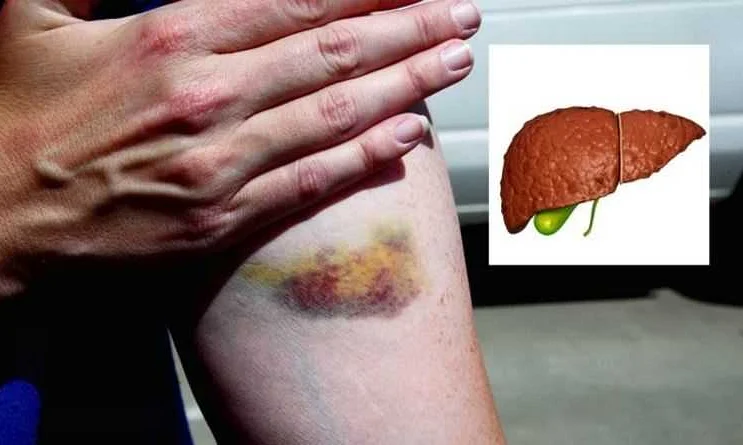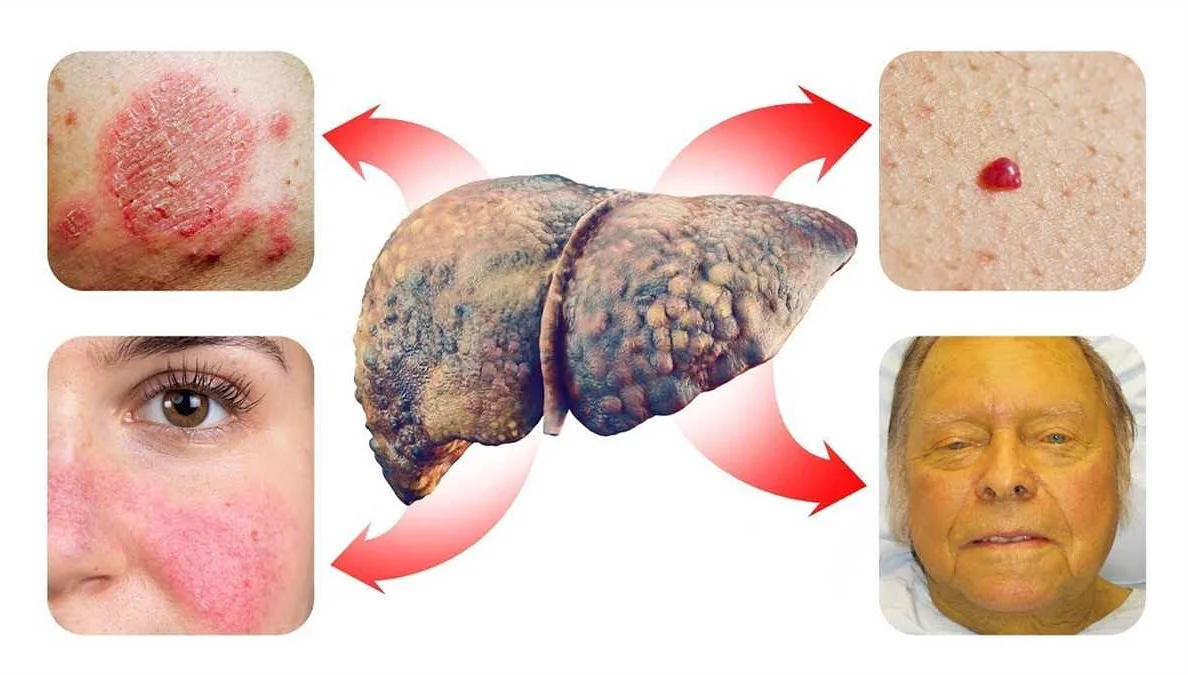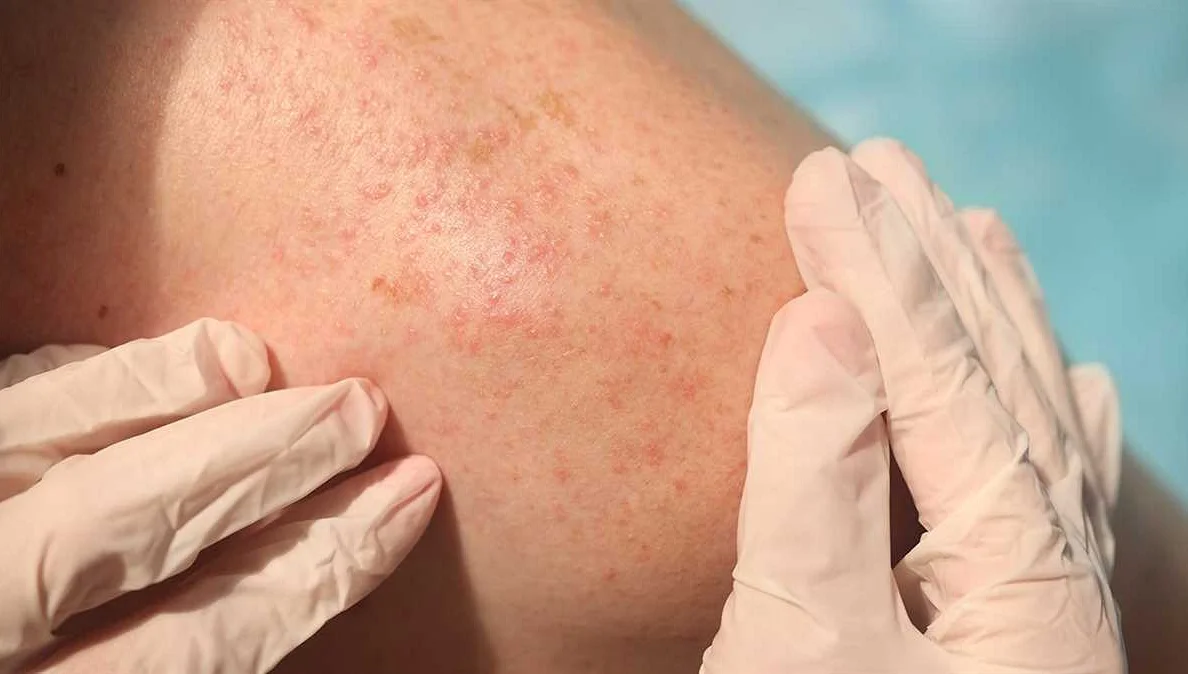Blood disorders and liver damage: diseases identified by skin color
Learn how changes in skin color can be indicators of blood problems and liver damage. Discover the diseases and conditions that can be recognized by observing changes in skin color, as explained by a medical expert.
Skin color can be a fascinating indicator of our overall health. While many factors contribute to the color of our skin, such as genetics and exposure to the sun, it can also provide clues about potential underlying medical conditions. In particular, changes in skin color can be indicative of blood disorders and liver damage.
When our blood is not functioning properly, it can lead to a variety of complications that affect the color of our skin. For instance, anemia, a condition characterized by a low red blood cell count or a decrease in hemoglobin, can cause a pale or yellowish appearance. On the other hand, certain blood disorders, such as polycythemia, can lead to a ruddy or reddish complexion due to an increased number of red blood cells.
Similarly, liver damage can also alter the color of our skin. The liver plays a crucial role in removing toxins from the body, and when it becomes compromised, it can lead to a buildup of bilirubin, a yellow pigment. This can result in a condition called jaundice, characterized by a yellowing of the skin and eyes. In addition to jaundice, liver damage can also cause a general darkening or discoloration of the skin, known as hyperpigmentation.
While changes in skin color alone are not enough to diagnose a specific condition, they can serve as important warning signs. If you notice any unusual changes in your skin color, it is important to consult with a healthcare professional who can evaluate your symptoms and provide appropriate diagnosis and treatment. Remember, our skin is not just a protective outer layer, but also a valuable indicator of our overall health.
The Connection Between Skin Color and Blood Disorders

Skin color can serve as an important indicator of potential blood disorders. The color of our skin is influenced by the presence of a pigment called melanin, which is produced by specialized cells called melanocytes. Different levels of melanin production are responsible for the various shades of skin color seen in individuals across the world.
Individuals with certain blood disorders may experience changes in their skin color due to the impact of these conditions on the production or function of melanin. For example, individuals with anemia, a condition characterized by a low level of red blood cells or hemoglobin, may develop pale or yellowish skin. This is because red blood cells contain a protein called hemoglobin, which gives the skin its rosy color. In anemic individuals, the reduced number of red blood cells or hemoglobin leads to a decrease in skin color.
On the other hand, certain blood disorders can cause darkening of the skin. One example is polycythemia vera, a condition in which there is an abnormal increase in the number of red blood cells. This excess of red blood cells can result in a reddish or purplish discoloration of the skin, particularly in the face and hands.
In addition to changes in skin color, blood disorders can also cause other visible signs on the skin. For instance, individuals with liver disease may develop a yellowish tint to their skin and eyes, known as jaundice. This occurs when the liver is unable to properly process bilirubin, a yellow pigment that is produced when red blood cells are broken down. Therefore, changes in skin color can be an important clue in diagnosing and monitoring various blood disorders and liver damage.
It is important to note that changes in skin color alone are not definitive proof of a blood disorder or liver damage. Other symptoms and medical tests are necessary to confirm a diagnosis. However, observing changes in skin color can prompt individuals to seek medical attention and undergo further evaluation to identify and address any underlying conditions.
What Causes Changes in Skin Color?

Changes in skin color can be caused by a variety of factors. One of the most common causes is exposure to the sun. When the skin is exposed to sunlight, it produces a pigment called melanin, which gives the skin its color. In individuals with darker skin tones, the melanocytes, which are the cells that produce melanin, produce more melanin than in individuals with lighter skin tones. This is why people with darker skin tend to have a darker complexion.
Another common cause of changes in skin color is certain medical conditions. For example, liver disease can cause the skin to become yellow or jaundiced. This is because the liver is responsible for breaking down bilirubin, a yellow substance that is produced when red blood cells are broken down. When the liver is not functioning properly, bilirubin can build up in the blood and cause the skin to appear yellow.
Other medical conditions that can cause changes in skin color include anemia, which can cause the skin to appear pale, and certain blood disorders, which can cause the skin to appear blue or purple. Additionally, certain medications and treatments, such as chemotherapy, can also cause changes in skin color.
It’s important to note that changes in skin color should not be ignored, as they can be a sign of an underlying health issue. If you notice any changes in your skin color, it’s recommended to consult with a healthcare professional for a proper diagnosis and appropriate treatment.
Common Blood Disorders and Skin Color Changes

Skin color changes can be an important indicator of underlying blood disorders. Some common blood disorders that can cause changes in skin color include:
- Anemia: Anemia is a condition characterized by a low red blood cell count or low hemoglobin levels. It can result in pale or yellowish skin color.
- Polycythemia vera: Polycythemia vera is a condition in which there is an overproduction of red blood cells. This can cause the skin to appear reddish or purplish.
- Porphyria: Porphyria is a group of rare genetic disorders that affect the production of heme, a component of red blood cells. Skin color changes in porphyria can range from light sensitivity to bluish-purple discoloration.
- Leukemia: Leukemia is a type of cancer that affects the blood and bone marrow. Skin color changes in leukemia can include pale skin, bruising, and red spots.
- Hemochromatosis: Hemochromatosis is a hereditary disorder in which the body absorbs and stores too much iron. This can result in a bronze or grayish skin color.
If you notice any unusual changes in your skin color, it is important to consult a healthcare professional for an evaluation. These changes may be a sign of an underlying blood disorder or liver damage, and early detection can be crucial for effective treatment.
The Relationship Between Skin Color and Liver Damage

Skin color can provide valuable insights into a person’s overall health, including the condition of their liver. The liver plays a crucial role in filtering toxins from the body and producing important proteins and enzymes. When the liver is damaged or not functioning properly, it can result in a variety of symptoms, including changes in skin color.
One common sign of liver damage is jaundice, which is characterized by a yellowing of the skin and eyes. This occurs when the liver is unable to process bilirubin, a yellow pigment that is produced when red blood cells are broken down. When bilirubin builds up in the body, it can cause the skin to take on a yellowish hue.
In addition to jaundice, liver damage can also lead to other changes in skin color. For example, some individuals with liver disease may develop a condition known as palmar erythema, which causes the palms of the hands to appear red. This occurs when the small blood vessels in the skin become dilated due to liver dysfunction.
Furthermore, liver damage can result in a condition called spider angioma, characterized by the appearance of small, spider-like blood vessels on the skin’s surface. These vessels are often red and can be seen on the face, neck, and upper trunk. Spider angiomas are thought to be caused by elevated levels of estrogen, which can occur when the liver is unable to metabolize the hormone efficiently.
It is important to note that changes in skin color alone are not enough to make a definitive diagnosis of liver damage. However, they can serve as an indication that further medical evaluation is needed. If you notice any unusual changes in your skin color, it is always best to consult with a healthcare professional to determine the underlying cause and appropriate treatment.
In conclusion, the relationship between skin color and liver damage is significant. Changes in skin color, such as jaundice, palmar erythema, and spider angioma, can be indicators of liver dysfunction. Understanding these signs can help individuals recognize potential liver problems and seek appropriate medical care.
How Liver Damage Affects Skin Color

Liver damage can have a significant impact on the color and appearance of the skin. When the liver is not functioning properly, it is unable to adequately process and eliminate harmful substances from the body. This can result in a buildup of toxins and waste products, leading to various changes in the skin.
One common symptom of liver damage is jaundice, which is characterized by a yellowing of the skin and eyes. This occurs when the liver is unable to adequately break down bilirubin, a yellow pigment that is produced when red blood cells are broken down. When bilirubin builds up in the body, it can deposit in the skin, causing it to appear yellow.
In addition to jaundice, liver damage can also lead to other skin color changes. For example, the skin may become pale or have a dull appearance. This is often a result of decreased blood flow to the skin, which can occur when the liver is unable to produce enough proteins to maintain proper blood circulation.
Furthermore, liver damage can cause the skin to become itchy and develop a rash or small red spots. This may be due to the accumulation of toxins in the body, which can irritate the skin and cause inflammation.
It is important to note that while changes in skin color can be indicative of liver damage, they are not always a definitive sign of a liver disease. Other factors, such as genetics and exposure to certain medications or chemicals, can also contribute to changes in skin color. Therefore, it is important to consult a healthcare professional for a proper diagnosis and treatment if you notice any significant changes in your skin color.